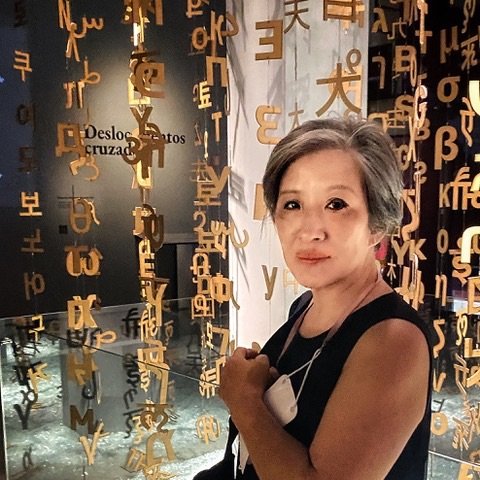Koreatowns near and far
Born in Korea, immigrated to South America (Argentina) at age ten, Clara Kong grew up in Brasil. She is a Korean with Brazilian soul, who lived in England and in France. She is fluent in Portuguese, English, French and Spanish although she never forgot Korean. These multi continental, cultural living made her to want to be a bridge and tool for the different communities to understand and to help the different diaspora communities to thrive in the new land and create a better place for everyone to live.
by Clara Kong
I still remember the words my mother told us, as we departed Busan into the unknown of Argentina, South America onboard of a ship. I was ten years old, and she said “Don’t forget that though we leave Korea, we leave as Koreans, with Korean passports.” Back then, those words did not make sense to me. Only now after 56 years later and, having lived in many cities across the globe where Koreatowns exist, I understand it. How important it was for my parents' generation to carry Korean passports.
In the 1960’s, Koreatowns of Buenos Aires, Argentina and Sao Paulo, Brasil were in very poor parts of the town. Even though we had enough to pay rent in the better part of the town, the landlords would not rent it out to Asians. Koreans lived in enclaves because we had to. There were no Korean grocery stores in Koreatown, but some of people would make tofu, some grew kong-namul (Korean bean sprouts), others ground gochu garoo (Korean chilli peppers) and my grandma made her own soy bean paste and soy sauce. Everyone knew everyone, and we all shared the flavors we were able to make of the country we left.
The Koreatown of Los Angeles of 1980’s, mesmerized me. Korean markets had all kinds of Korean products and there were buildings in the style of traditional han-oak. Hostesses in Korean restaurants greeted us in traditional han-bok. I remember Korean Day parade with the notables of Koreatown in open cars, just like other American parades. Until, 2019 when I left Los Angeles, Koreatown became not only a beacon for Koreans, but the meeting place of so many other immigrant communities as well as main stream Americans.
Nowadays I don’t live very far from Duluth, the Koreatown of Atlanta, Georgia. It is a different experience, although it is still a meeting place for the Korean Diaspora. I see that the Korean supermarkets here cater also for the other immigrants- Hispanics, Eastern Europeans, Southeast Asians, Caribbeans, Africans, and others. If I go to Duluth on Saturdays, I see other immigrants meeting in the markets with their friends and then I remember my days in Koreatowns in Argentina and in Brasil- and that my story is not very different from theirs.


